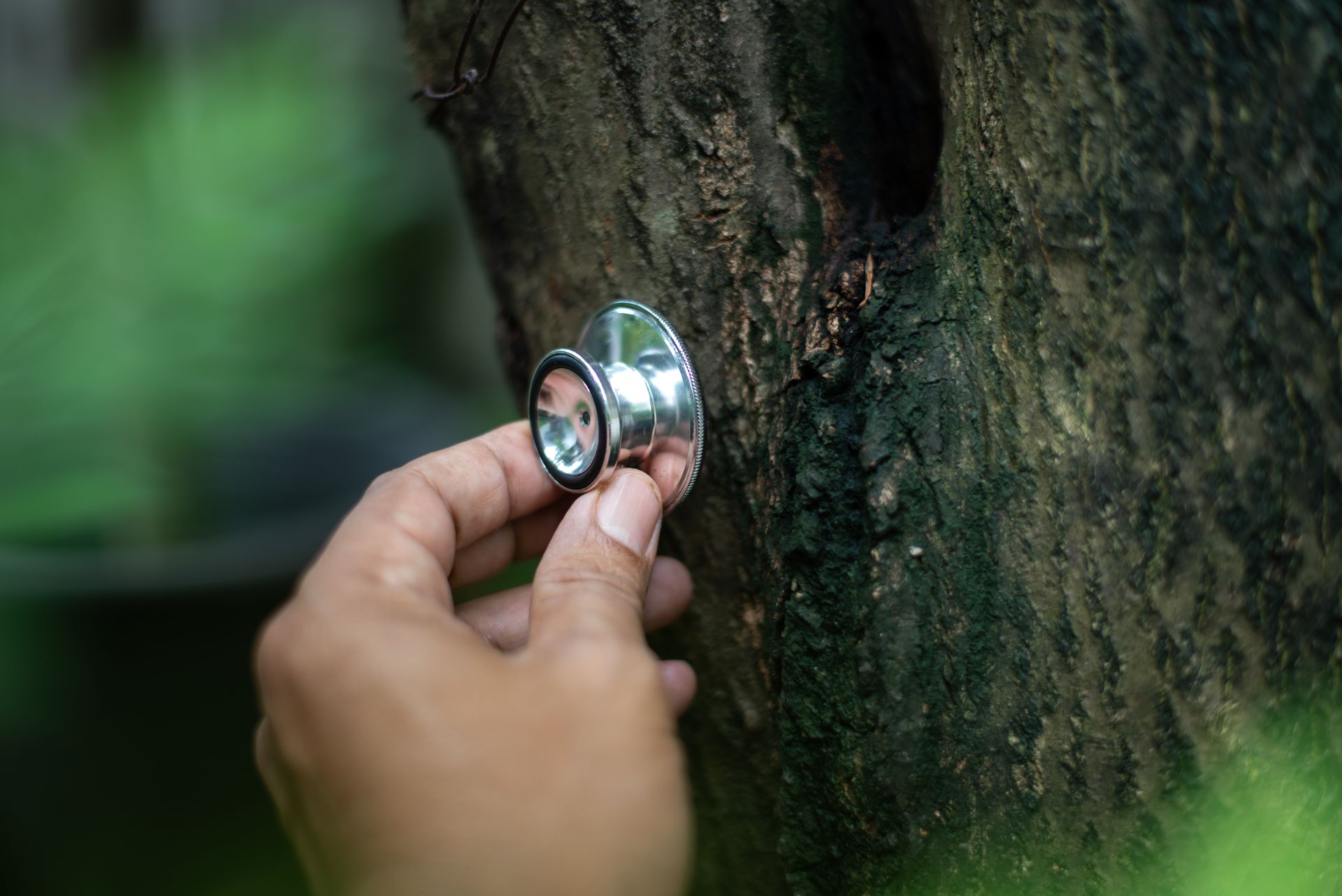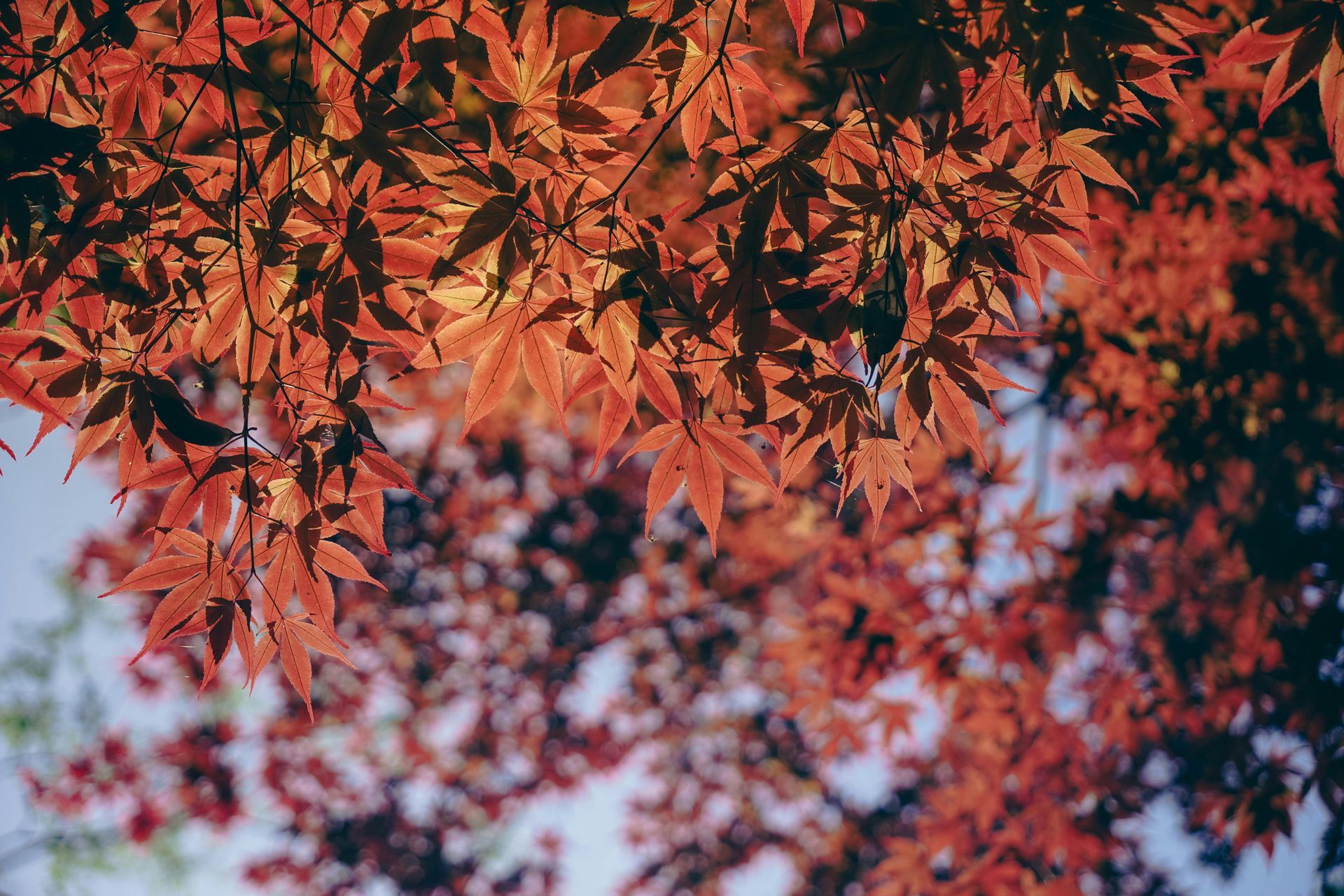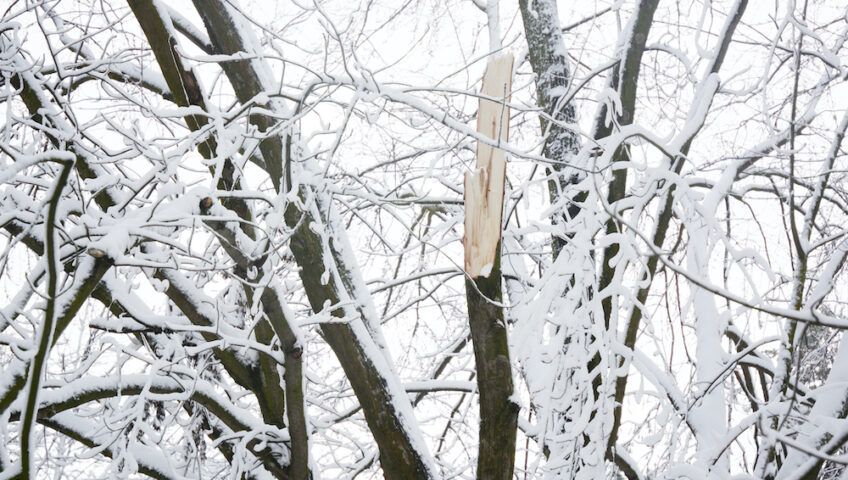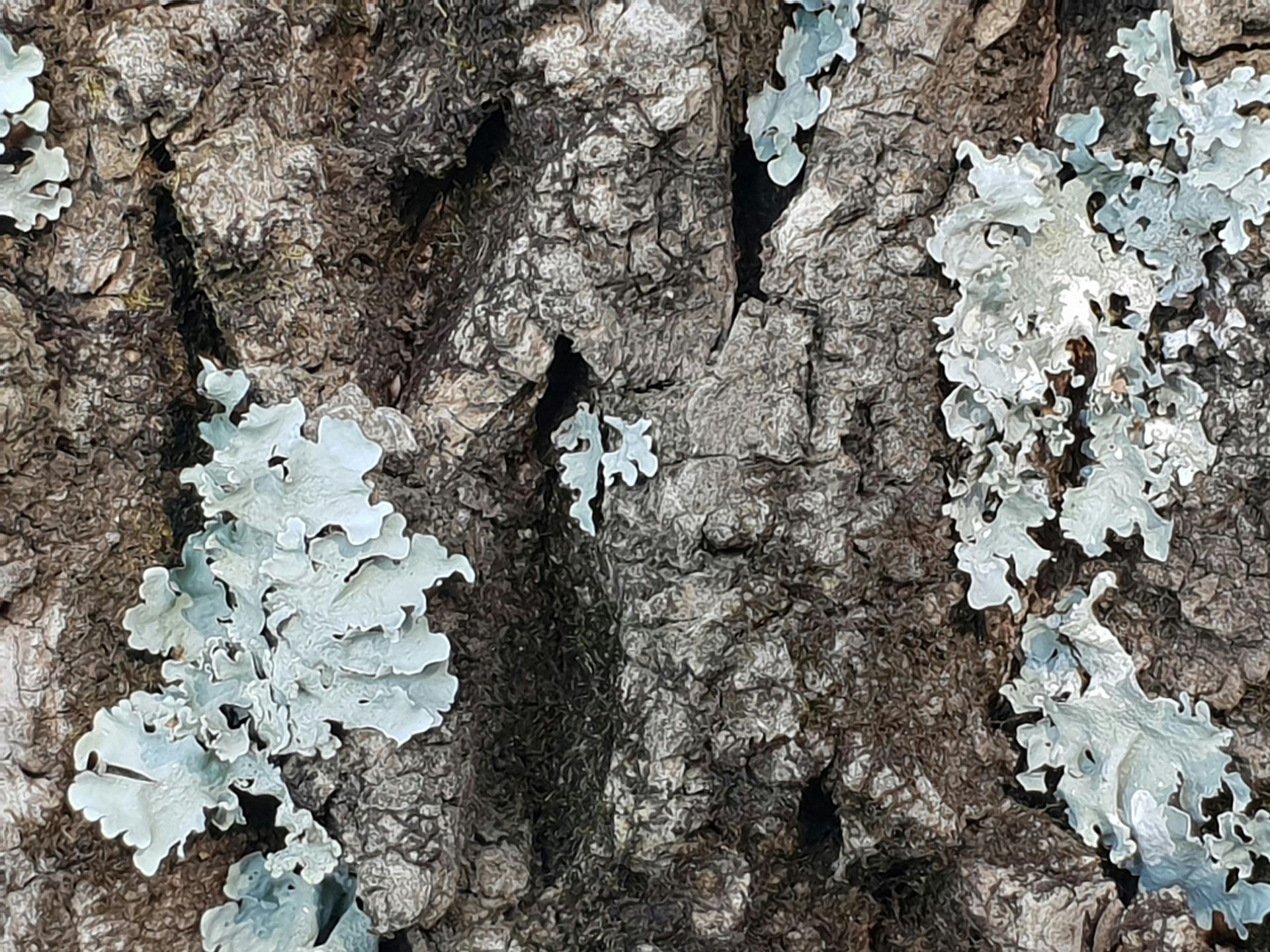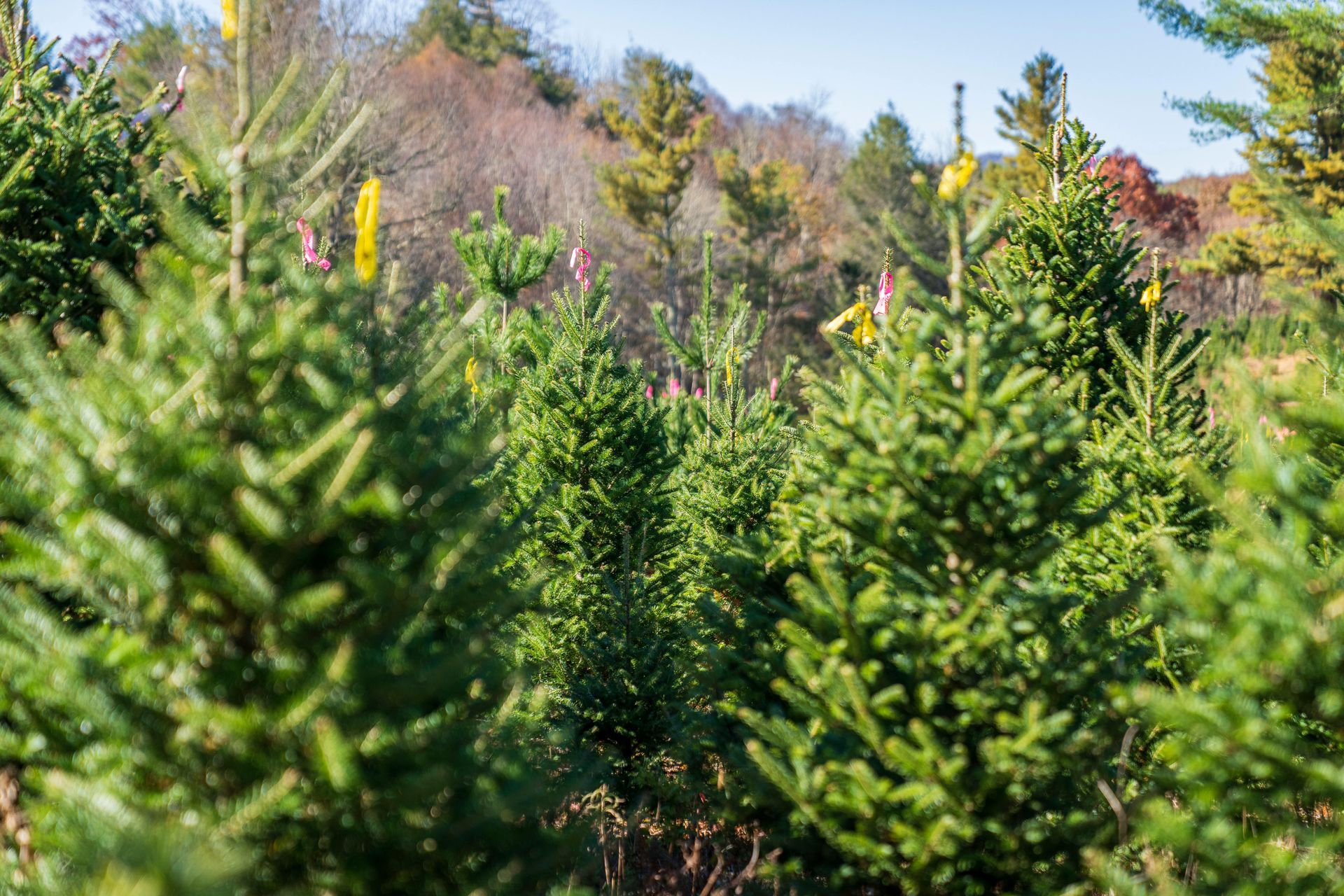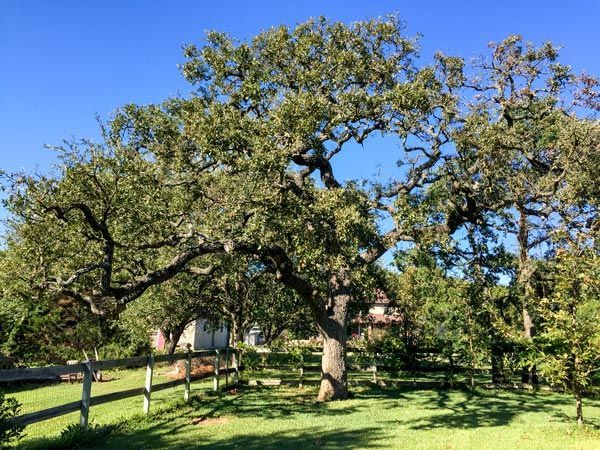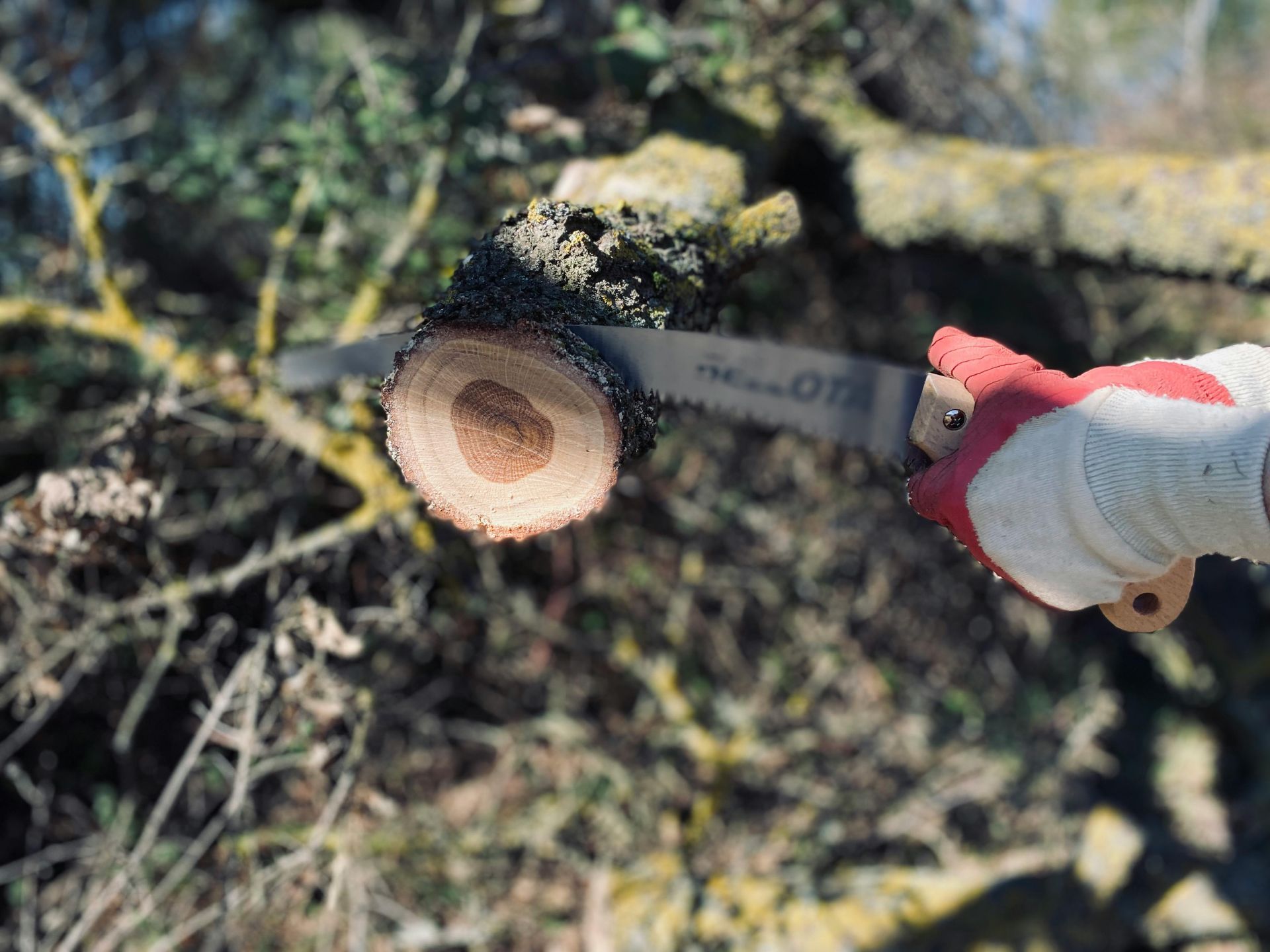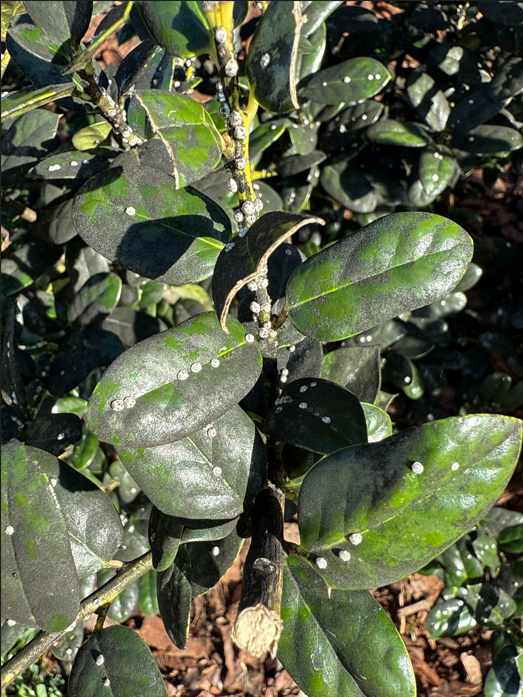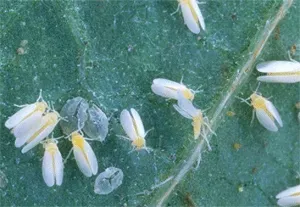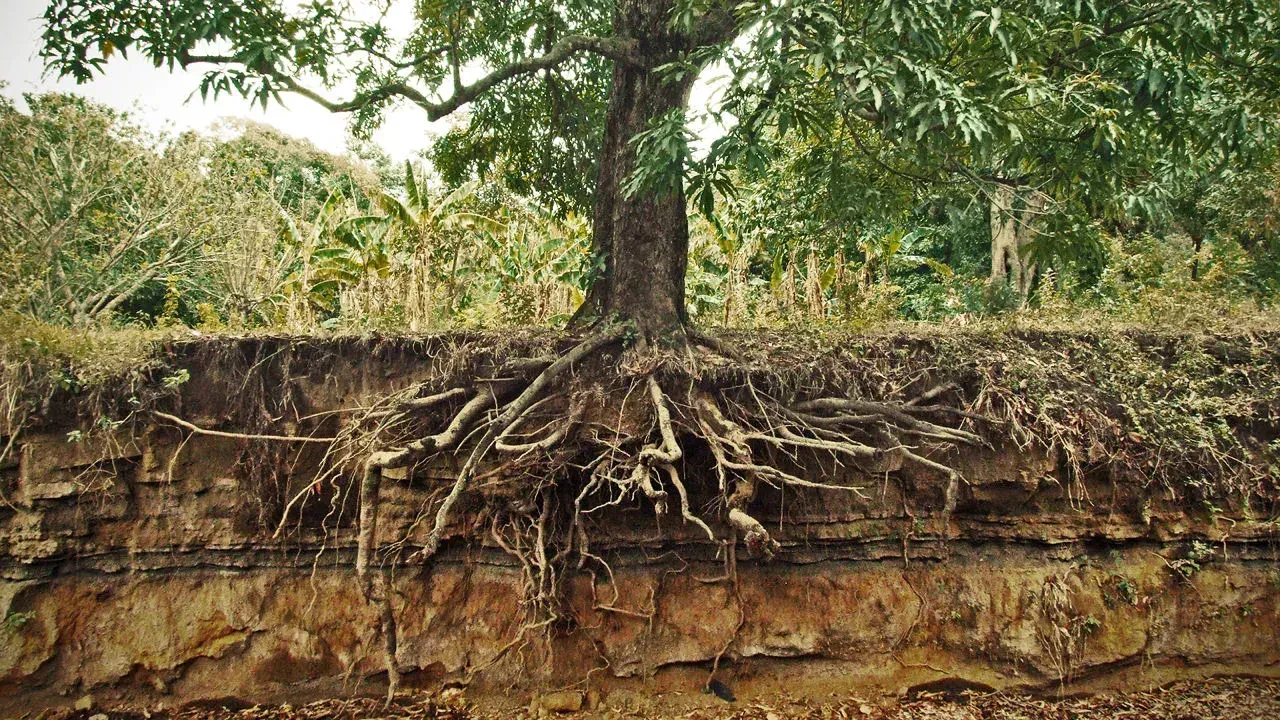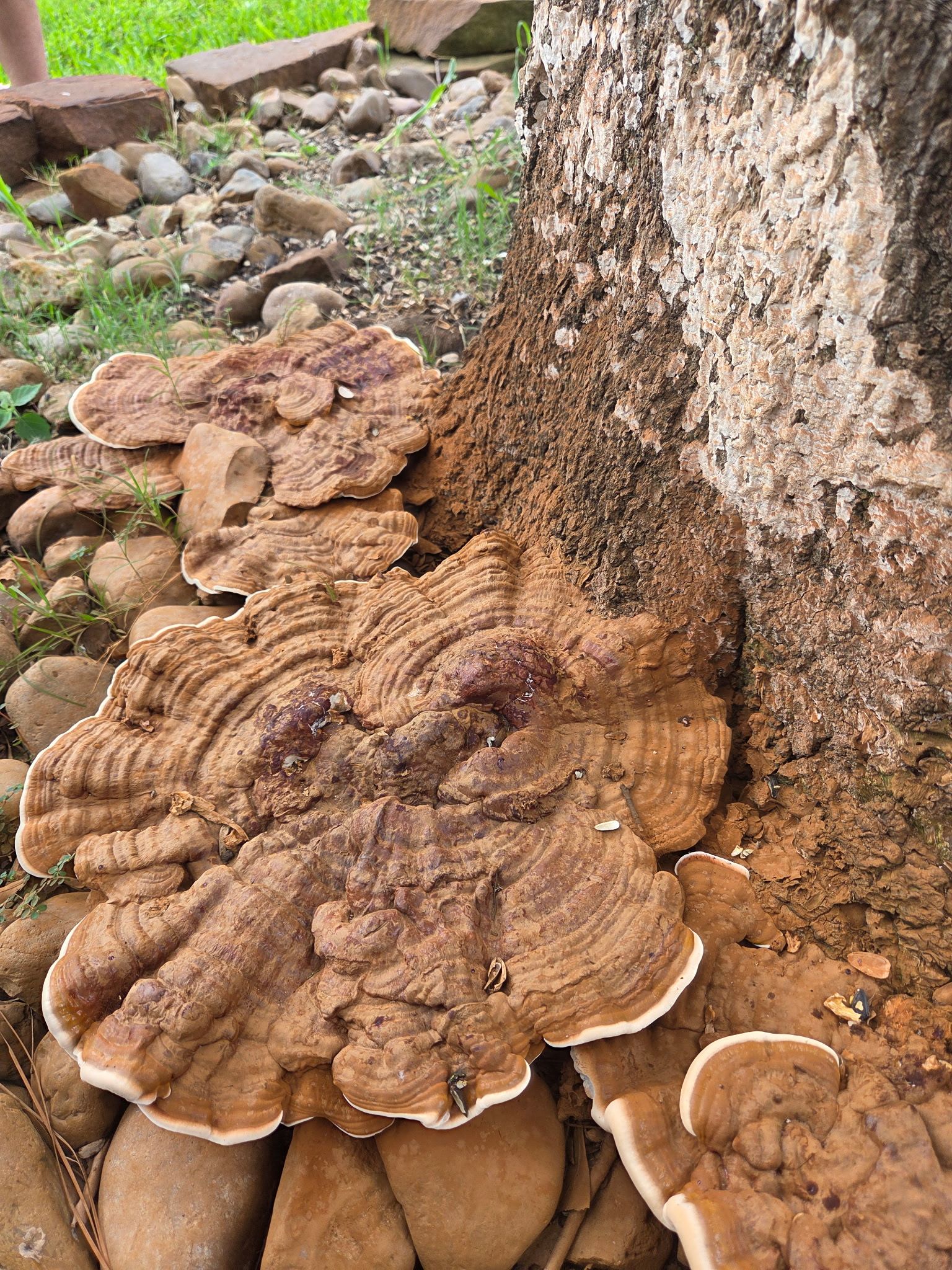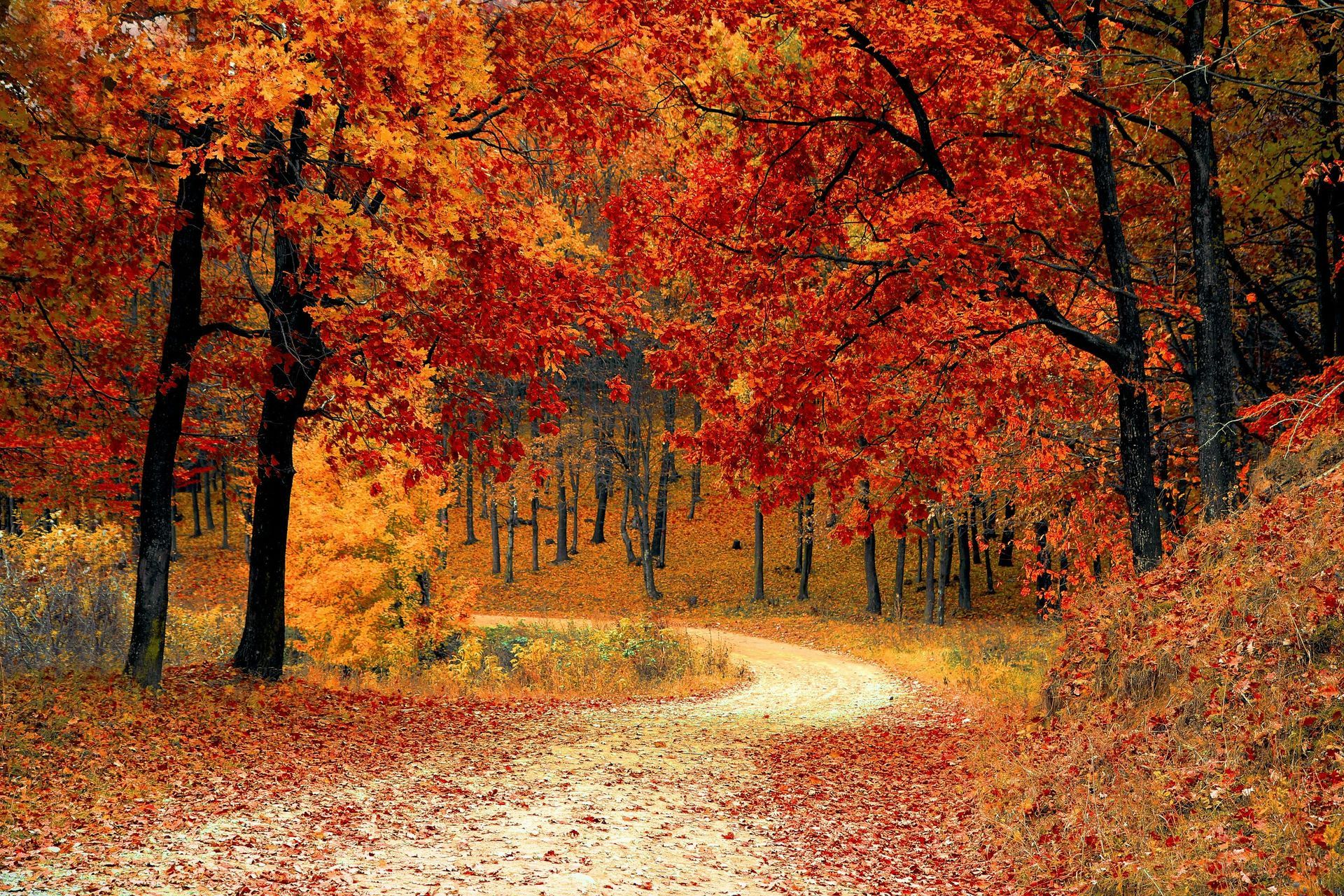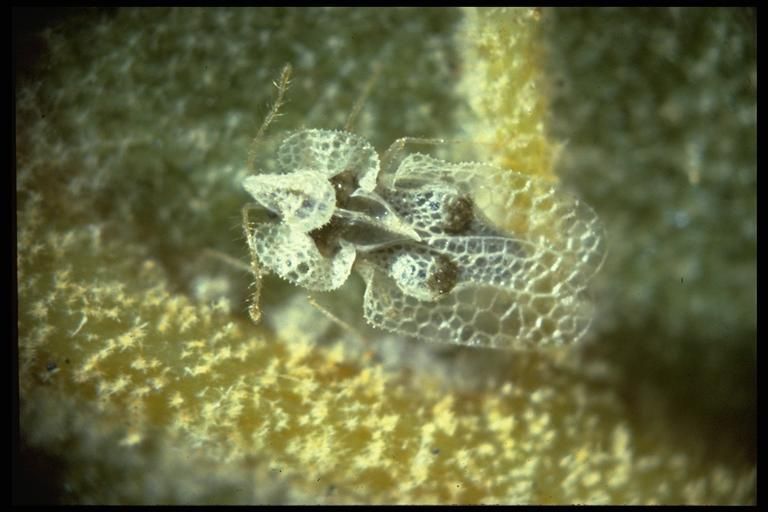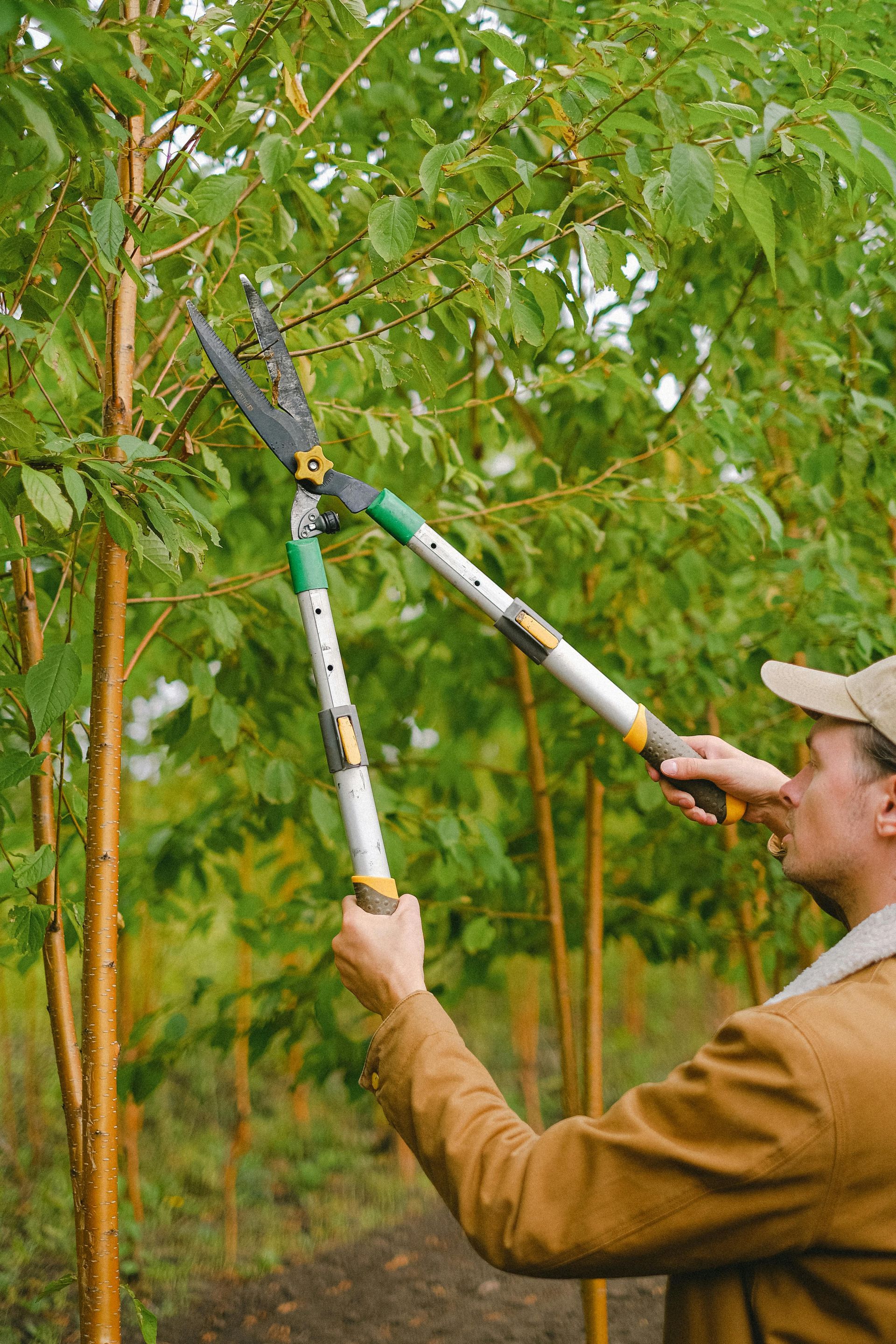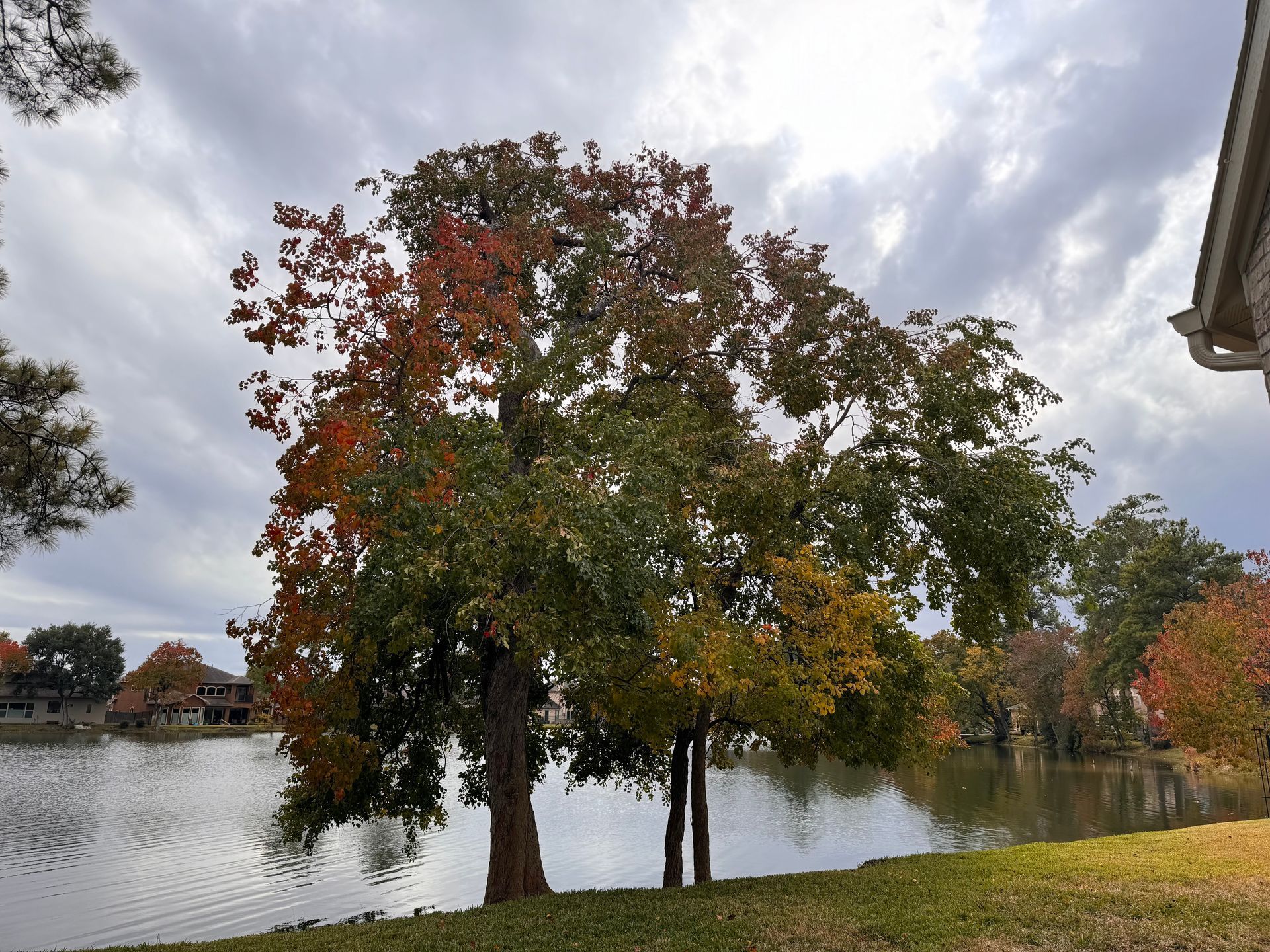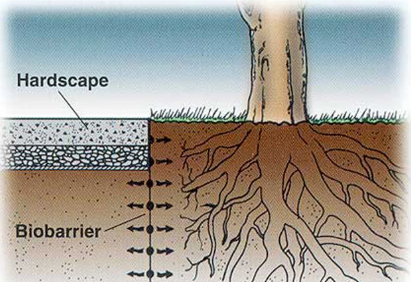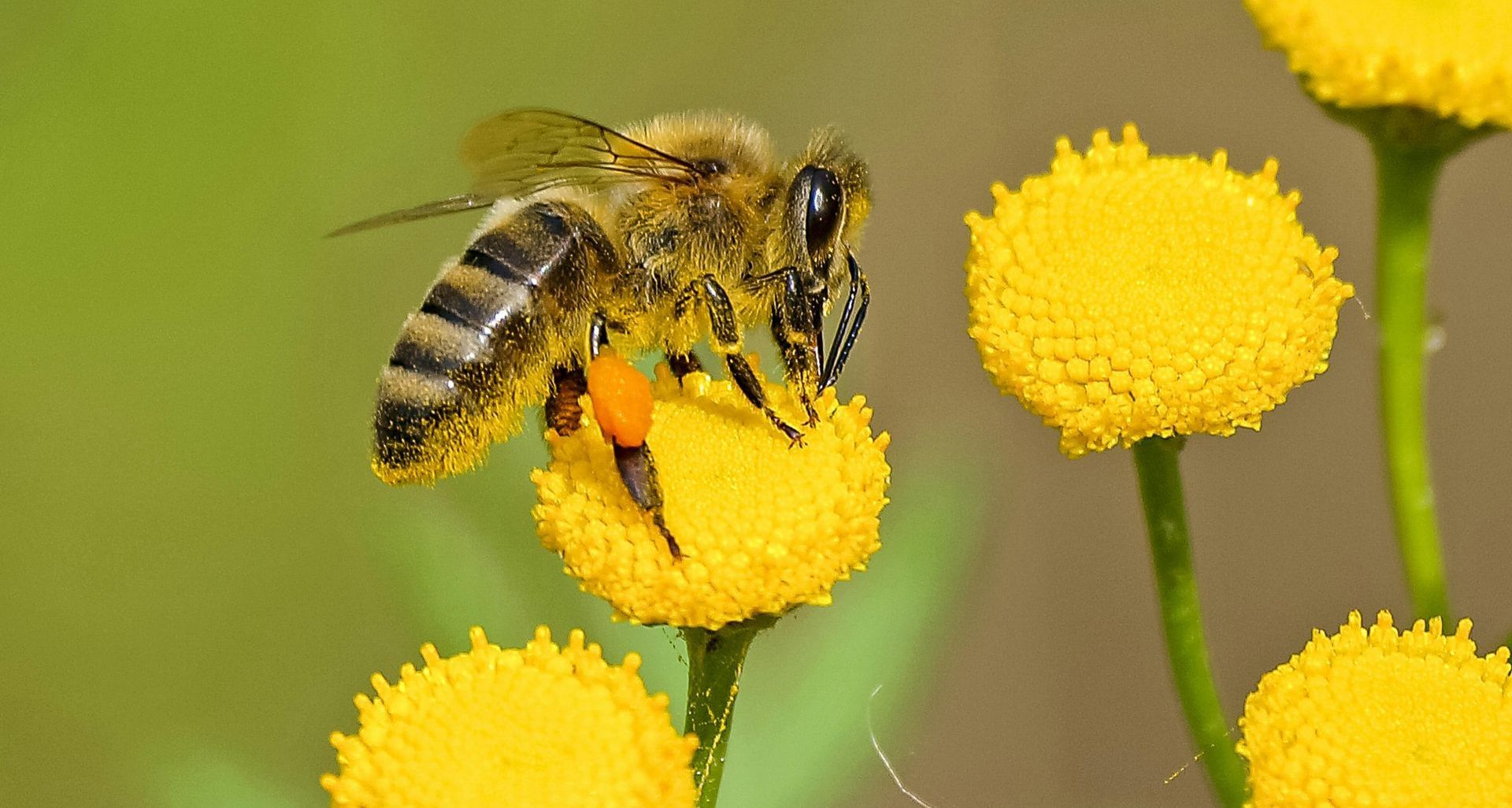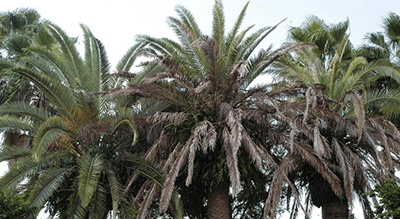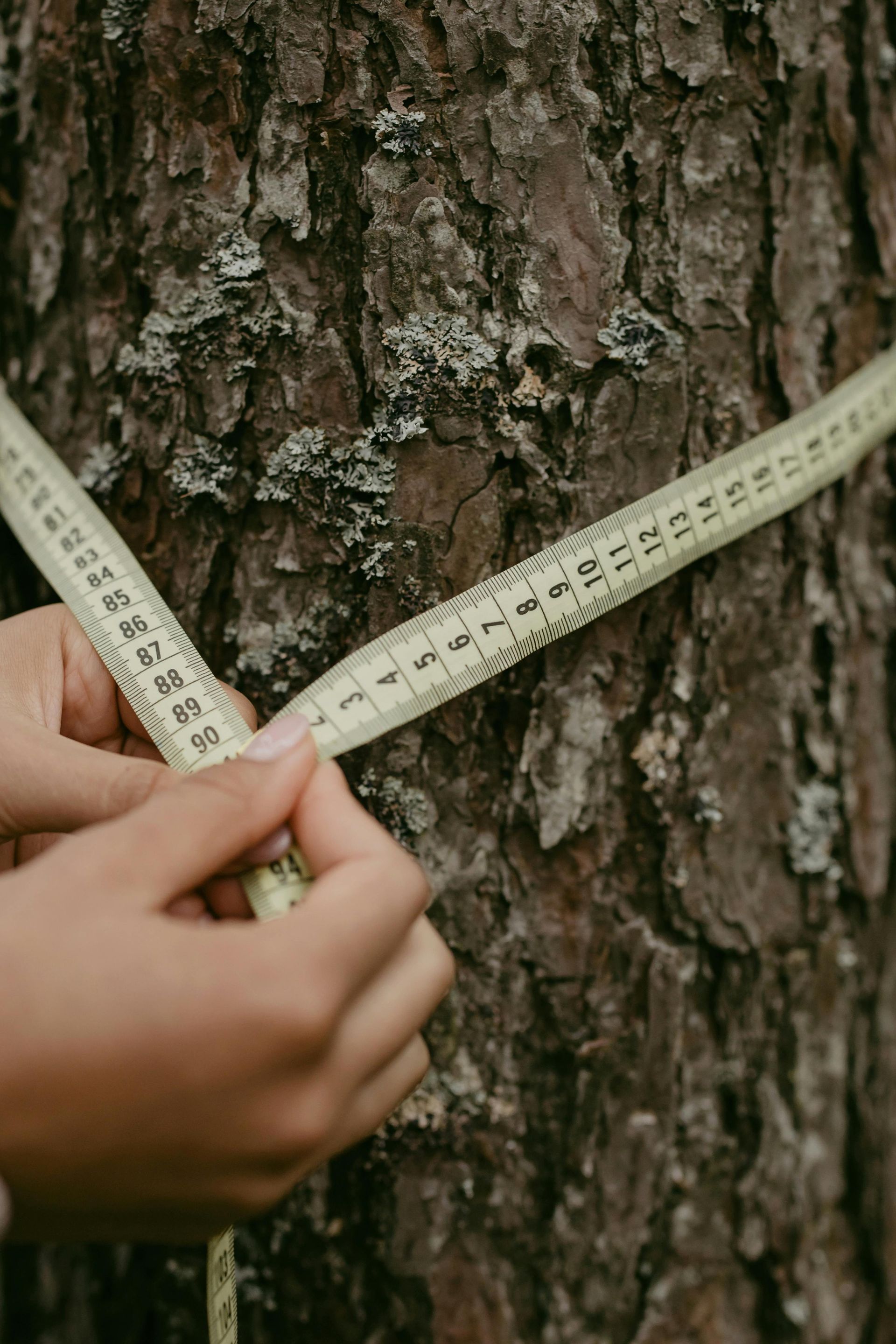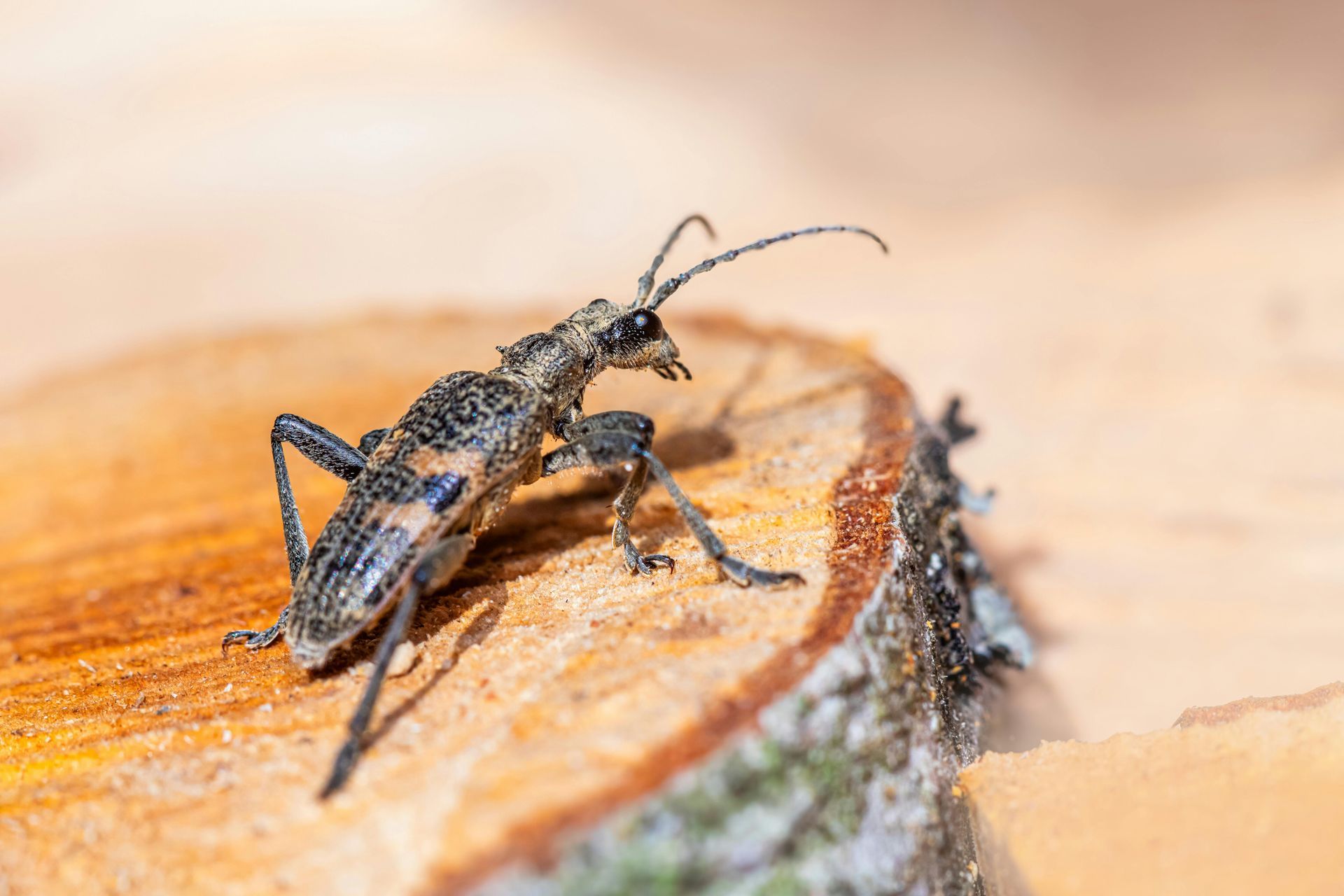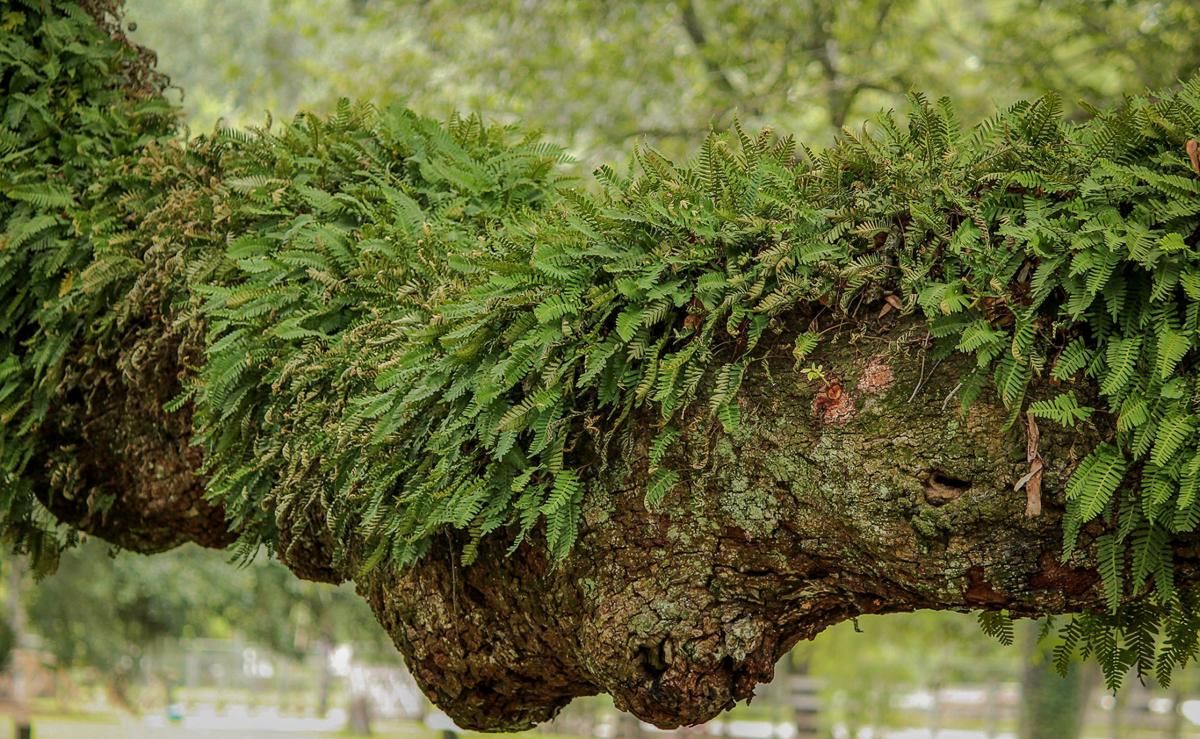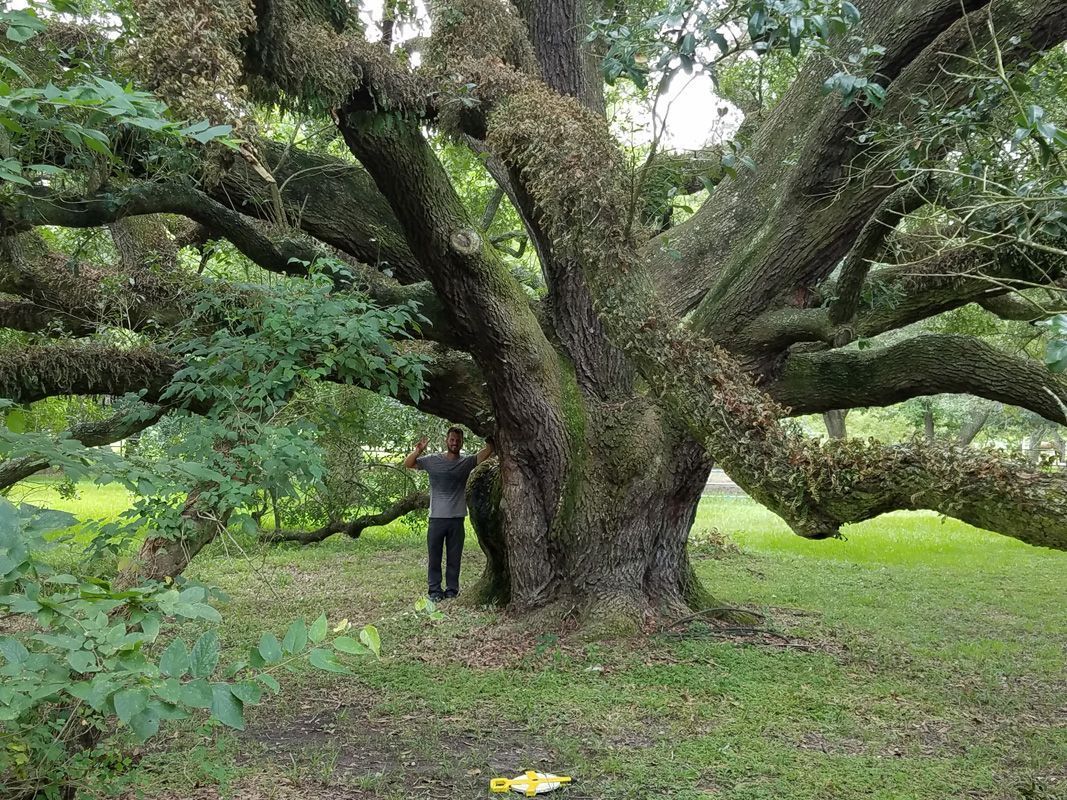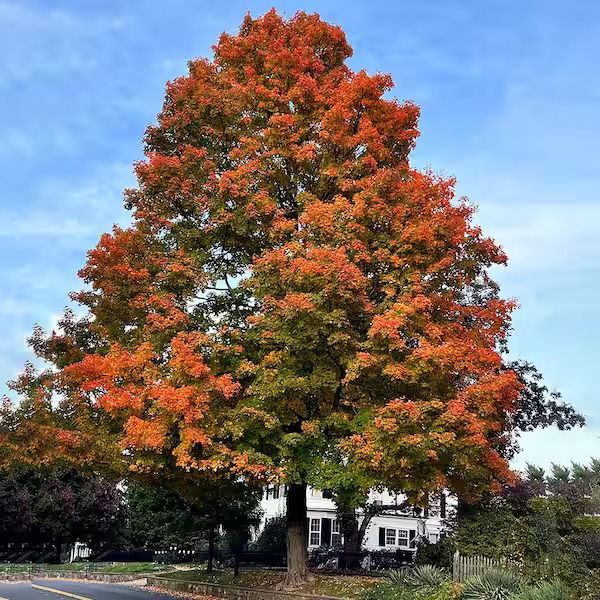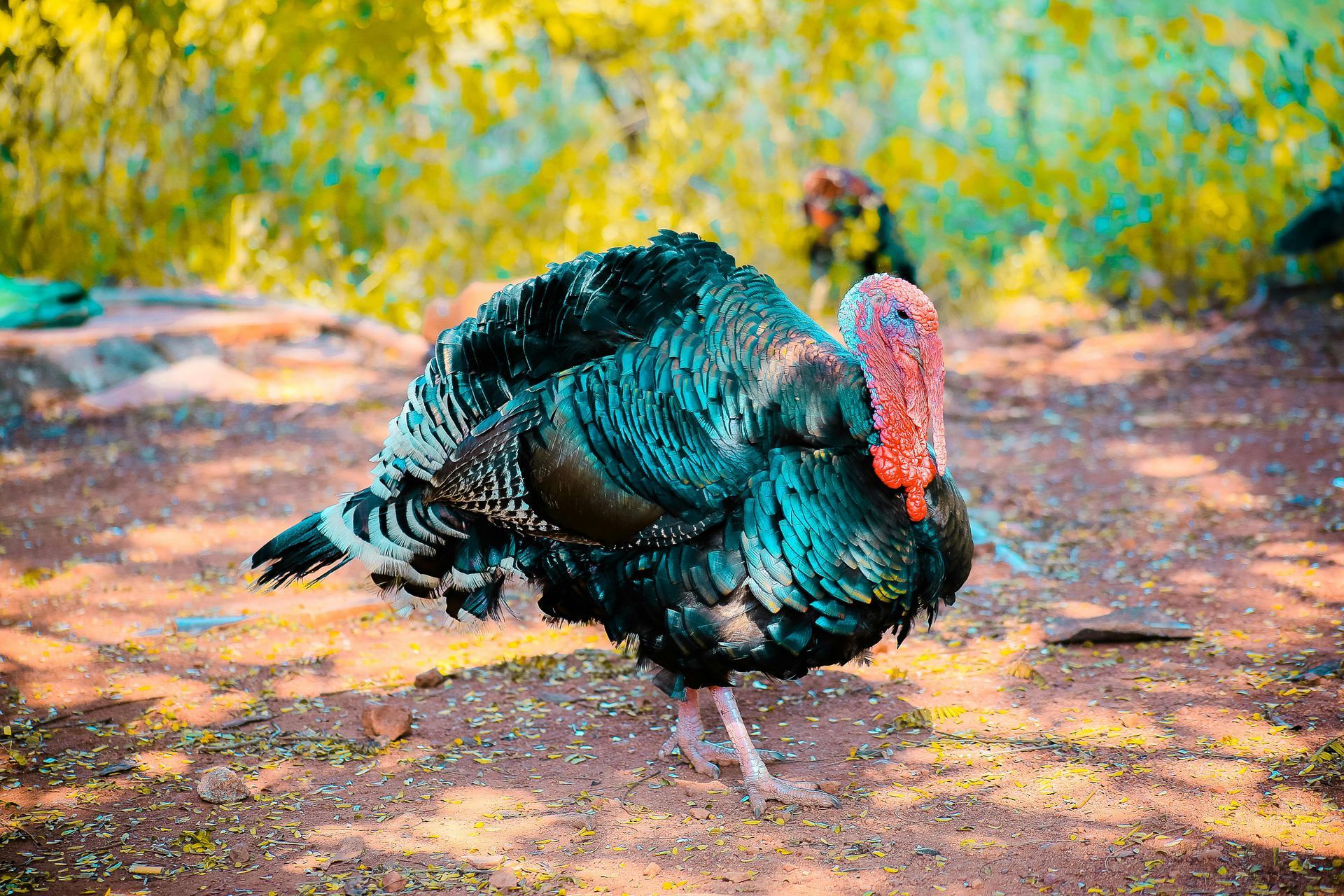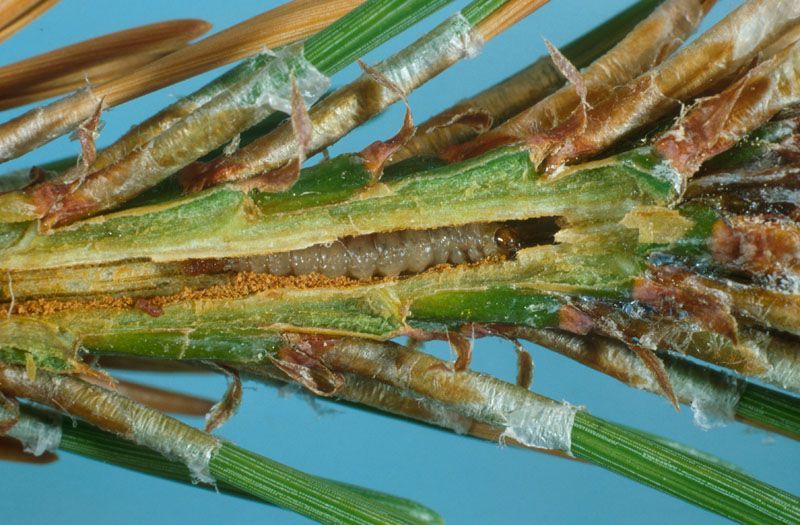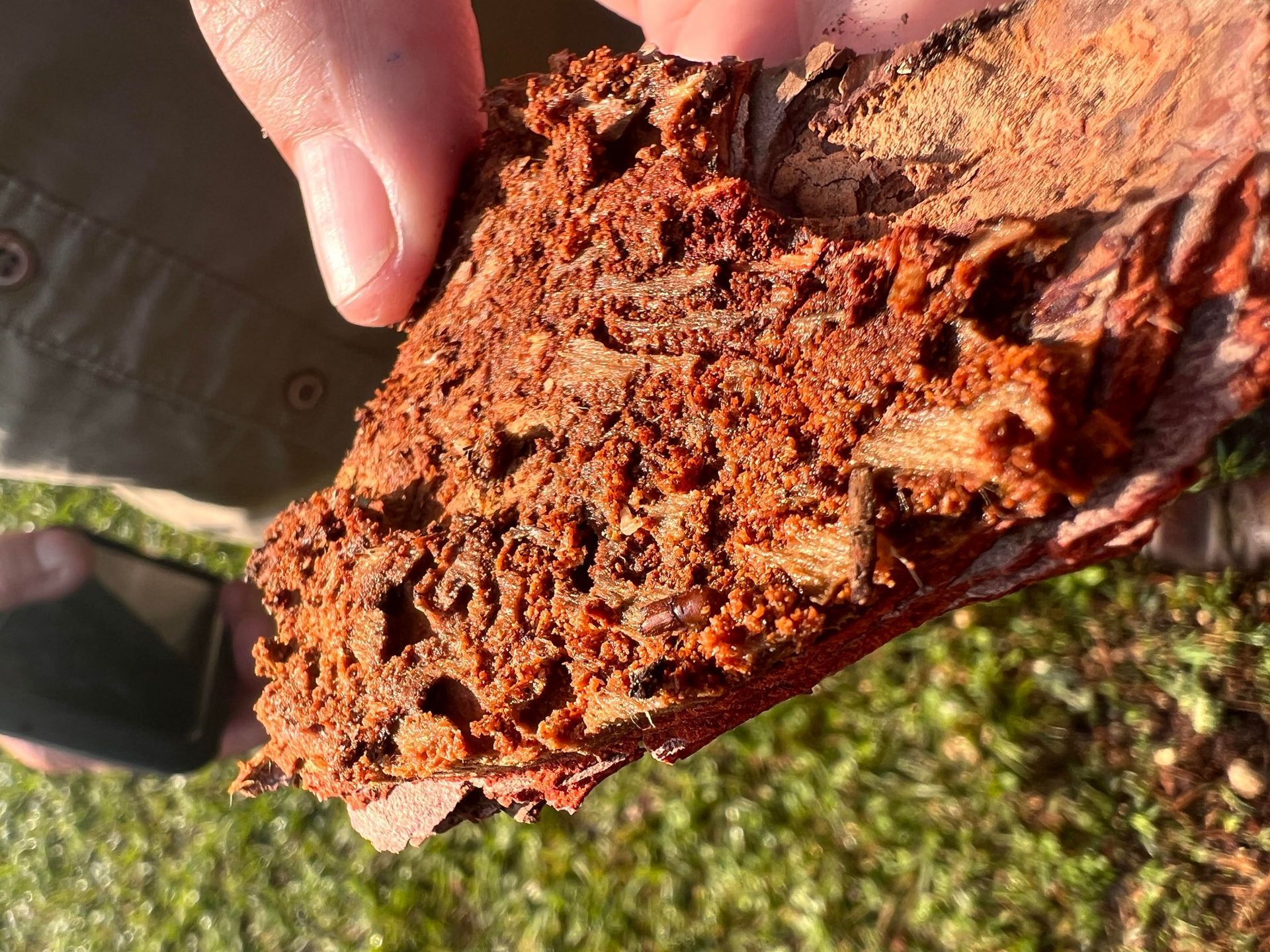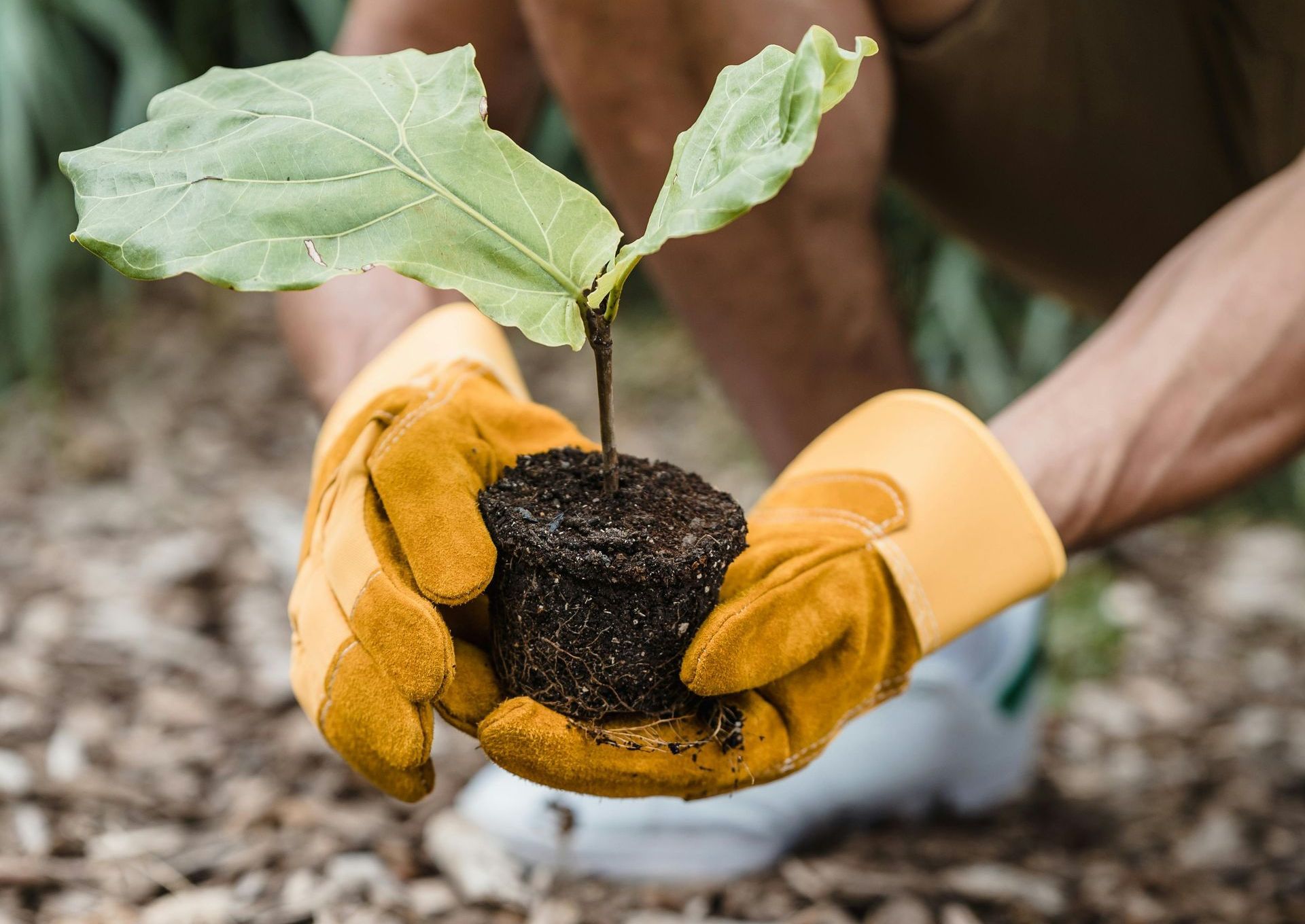Liriope’s Muse: Tree Care Tips from a Master Arborist
TRUSTED TREE CARE SERVICES SINCE 1970
Liriopes Muse - Celebrating the Post Oak Tree: A Sturdy Icon of North American Forests
The post oak (Quercus stellata) is a remarkable native tree species, known for its rugged beauty, hardiness, and ecological significance. This member of the white oak family can be found predominantly in the central and eastern United States, from Texas to Missouri and across to Virginia, where it has become a staple in forests, grasslands, and open fields. Here’s a closer look at what makes the post oak such a valuable part of our natural landscape.
Characteristics of the Post Oak
This oak is a hardy, medium-sized tree with distinctive features that set it apart from other oak species. Typically growing between 30 and 50 feet tall, the post oak is recognized by its thick, rough, and grayish-brown bark and uniquely shaped leaves, which have a cruciform (cross-like) appearance with five rounded lobes. Its leaves are dark green and leathery, turning a warm golden-brown in the fall, adding seasonal beauty to the landscape. Post oaks are also known for their sturdy, twisted branches and deeply furrowed bark, which adds to their unique rugged appearance.
Resilience in Tough Conditions
One of the most impressive qualities of the post oak is its resilience. It thrives in poor, dry soils that would challenge many other tree species. The tree’s drought tolerance and ability to withstand nutrient-poor soils allow it to grow where other species struggle. This makes the post oak a valuable tree in regions prone to drought or areas with challenging soil conditions.
Moreover, post oak trees are often among the most fire-resistant in their native range, thier thick bark and slow growth rate allow it to survive in areas where other trees might not.
Ecological Importance of the Post Oak
The post oak tree plays a vital role in its ecosystem, providing food, shelter, and stability to local wildlife and plant communities. Its acorns are a key food source for a variety of animals, including deer, squirrels, wild turkeys, and other birds, especially in winter when food is scarce. The tree’s dense, sturdy branches offer excellent nesting sites, while its thick canopy provides shade and cover for smaller mammals and birds. Post oaks also support insects, such as moths and butterflies, that rely on the leaves and bark, contributing to a diverse and healthy ecosystem. In fire-prone regions, post oaks are essential stabilizers due to their high fire resistance; their thick bark and ability to regrow from the root crown after fires allow them to survive in fire-adapted landscapes, helping to reduce soil erosion and maintain habitat structure. By thriving in poor, rocky soils and withstanding drought, post oaks also support ecosystem resilience in challenging conditions where other trees may struggle to grow.
Post Oak in Landscaping and Conservation
While not a common ornamental choice due to its slow growth and unique shape, the post oak can be a valuable addition to sustainable landscaping projects. It’s an excellent choice for xeriscaping or conservation efforts, particularly where water conservation is a priority. Homeowners looking to add a native tree to their landscape that supports local wildlife should consider the post oak, especially if they have the space and patience for this slow-growing species.
Challenges Facing the Post Oak
The post oak faces several significant challenges, largely due to human activity and environmental pressures. Urban expansion and land development are major threats, as the tree’s deep taproot and intolerance for soil disturbance make it vulnerable to construction and changes in land use. Soil compaction, grading, and trenching around post oaks can severely damage or kill mature trees, as they rely on an undisturbed root system to thrive. Additionally, the post oak’s slow growth rate makes it less adaptable to rapidly changing environments, and it does not recover easily from root damage. Climate change poses another challenge, as shifts in temperature and rainfall patterns may disrupt the dry, well-drained soils post oaks need. Pests and diseases, such as oak wilt, can also threaten post oak populations, especially in weakened or stressed trees. Conservation efforts and careful planning around these trees are crucial to help mitigate these challenges and ensure the survival of this resilient yet vulnerable species.
The post oak is a hardy, beautiful tree that has stood the test of time, surviving in some of the toughest environments North America has to offer. Whether you’re an arborist, a landowner, or simply a nature enthusiast, take a moment to appreciate the post oak’s unique contributions to our landscapes and ecosystems. Protecting and nurturing these trees will help ensure that future generations get to experience the beauty and resilience of the post oak as well.
Liriope’s Muse - Expert Tree Care Tips
